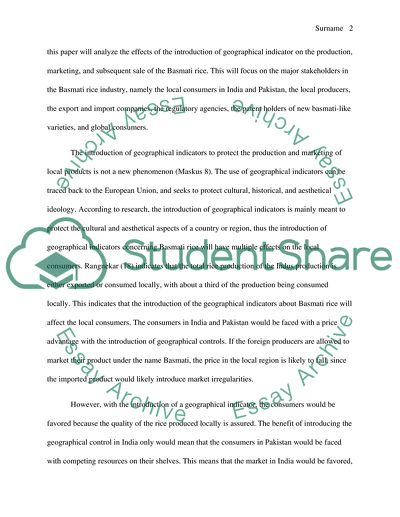Cite this document
(The Benefits and Costs of Basmati Rice Case Study, n.d.)
The Benefits and Costs of Basmati Rice Case Study. Retrieved from https://studentshare.org/agriculture/1761493-the-benefits-and-costs-of-basmati-rice
The Benefits and Costs of Basmati Rice Case Study. Retrieved from https://studentshare.org/agriculture/1761493-the-benefits-and-costs-of-basmati-rice
(The Benefits and Costs of Basmati Rice Case Study)
The Benefits and Costs of Basmati Rice Case Study. https://studentshare.org/agriculture/1761493-the-benefits-and-costs-of-basmati-rice.
The Benefits and Costs of Basmati Rice Case Study. https://studentshare.org/agriculture/1761493-the-benefits-and-costs-of-basmati-rice.
“The Benefits and Costs of Basmati Rice Case Study”, n.d. https://studentshare.org/agriculture/1761493-the-benefits-and-costs-of-basmati-rice.


